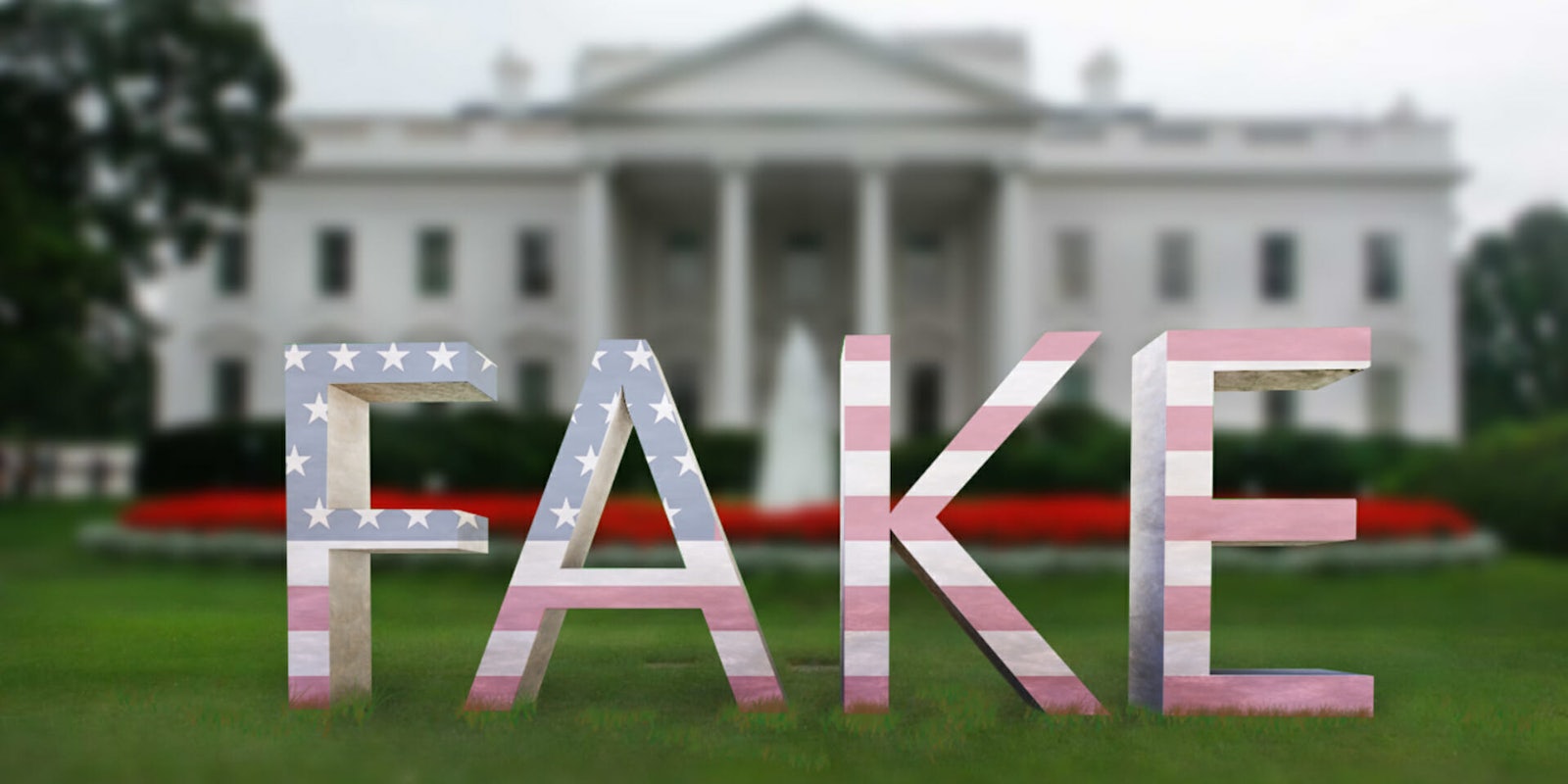Everyone knew that political views shaped how people got their news during the 2016 election—but now there is hard data to prove it.
Researchers at Harvard University’s Berkman Klein Center for Internet and Society tracked the news consumption habits of people who retweeted both Hillary Clinton and President Donald Trump and found that not only were Clinton supporters more likely to read traditional media outlets, Trump supporters seek out far more partisan-skewed news.
“The thing that, I think, jumped the most out at us and we are still working to understand … is that we see different media ecosystems that are playing by different rules,” Robert Faris, one of the authors of the study, told the Daily Dot in a telephone interview. “They are comprised of very different media sources, their audiences are different, the way they go about coverage of the news is different, they way they connect with one another and cite other media sources is different—we call it asymmetrical polarization.”
The study analyzed the URLs shared by using Media Cloud, a project that analyzes stories online throughout the media ecosystem. Faris said studying people’s Twitter habits, rather than using polling, gave the researchers “observed behaviors” instead of answers from people, which made their findings more robust.
Faris said the team found that media consumption habits on the left and right were quite different—the “asymmetrical polarization” he mentioned. Trump supporters sought out less established (and sometimes fake) news sources, while supporters of Clinton largely consumed news from more traditional, center or center-left publications.
“For media ecosystems on the left, the center of gravity was large, traditional media sources that are in the center-left, and the center,” Faris said. “On the right, the most prominent media sources skewed far to the right. By every indication, the right is more partisan in their media consumption than the left is.”
The study found that Trump fans overwhelmingly looked at websites known to traffic conspiracy theories and hyper-partisan news such as Breitbart, Gateway Pundit, the Daily Caller, and InfoWars. More established media outlets, such as Fox News and the Wall Street Journal, ranked comparatively lower than some fringe websites.
Meanwhile, supporters of Clinton largely stuck to mainstream sources of media such as the Washington Post, New York Times, Politico, and others. Some hyper-partisan or explicitly partisan websites, like the Daily Kos and MSNBC, ranked in the top 20.
“It’s kind of apparent now, in hindsight, but you can either produce news in which your job is to produce objective news, or you can produce partisan news,” he said. “The thing about producing partisan news is that it is sometimes going to be at odds with reality—or the facts as they are. You then have decisions to make. That suggests why misleading coverage would come out of partisan news.”
Faris said while Trump’s consistent denouncement of media outlets during the campaign likely played some role in his supporters seeking out less-established media outlets, the polarization of media has been occurring for much longer than Trump’s campaign.
For example, Faris said, talk-radio in the 1980s was co-opted by conservatives and Fox News was one of the first major networks on television to truly corner a partisan market.
“The structures pre-dated Trump by many years,” Faris said. “Trump stepped into this already asymmetrically polarized media ecosystem, and he was able to use it for his own ends. But the dynamics and processes that have given shape to this current configuration have been unfolding over decades.”
You can read the entire study here.


